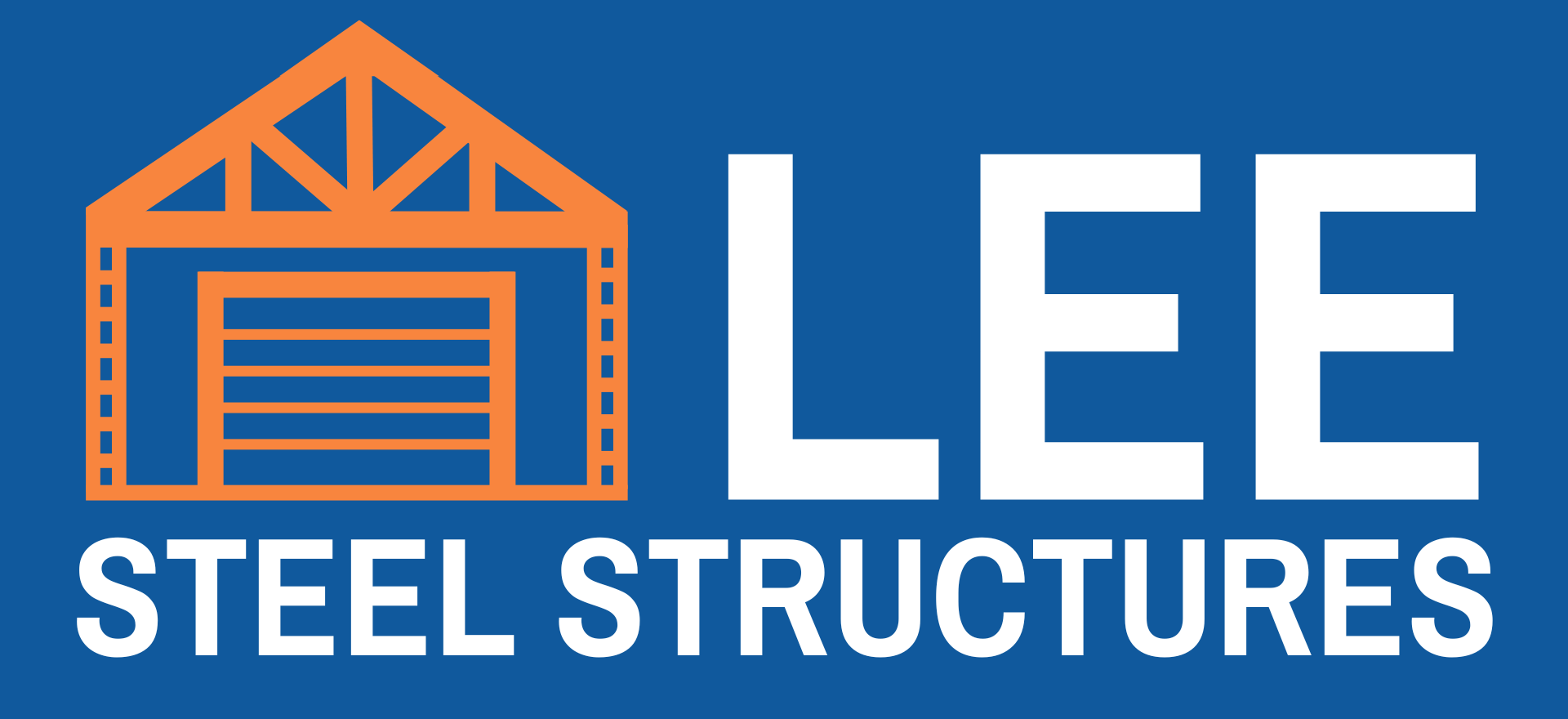Wind & Snow Loads
Why is this Important to Know?
Understanding Wind and Snow Load Design
When designing structures, it’s vital to consider how wind and snow loads are calculated and integrated into the engineering process. These factors directly impact the safety, durability, and code compliance of your building.
Wind Load Considerations
Wind loads are forces exerted by air movement around a building and are a key element in structural design. Our engineering team follows nationally recognized standards such as ASCE 7, which provides guidelines for determining wind speeds and pressures based on your building’s location and characteristics. Since wind conditions vary by region, we tailor each design to match local requirements, ensuring your structure is built to endure specific wind conditions.
Snow Load Considerations
In regions with snowfall, the structural design must account for the weight of snow accumulation on roofs and other surfaces. Snow load calculations also follow ASCE 7 standards and factor in ground snow load, roof pitch, and exposure. Our engineers ensure all building components are designed to handle the expected snow loads for your area.
To reduce snow buildup, we recommend roof designs like the A-Frame Vertical, which allows snow to slide off more easily. Our tubular steel buildings are engineered to meet or exceed all relevant building codes and standards.
Have Questions? We are always here to help! Give us a call at 1-888-568-7338.
